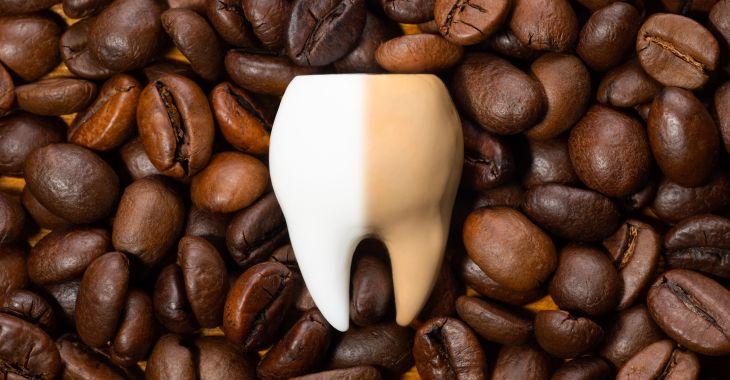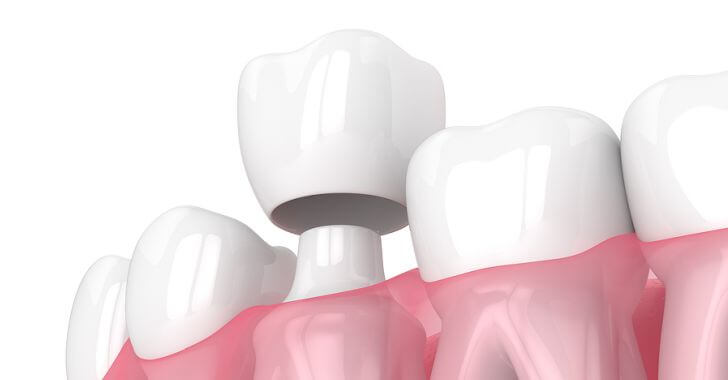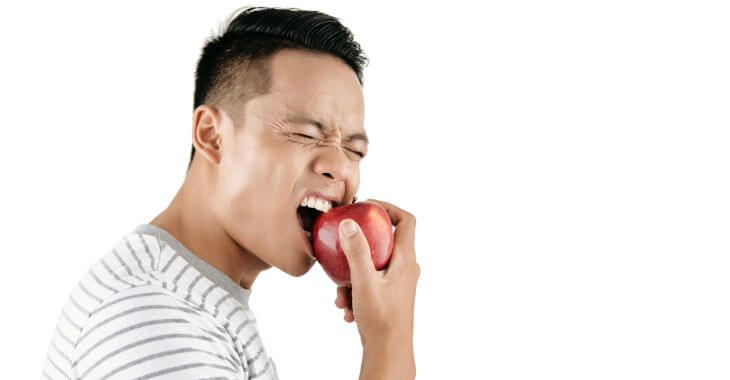Can You Eat After Using Whitening Strips?

Teeth whitening strips have become a popular and convenient way to achieve a brighter, whiter smile without the need for in-office dental treatments. However, if you use teeth whitening strips, you might be wondering, “Can you eat after using whitening strips?”
Understanding Teeth Whitening Strips
Before delving into eating after white strips are applied to your teeth, it’s essential to understand how these strips work. Teeth whitening strips typically contain a peroxide-based gel that is applied to the surface of the teeth that penetrates the enamel and helps break down stains and discoloration.
When teeth whitening strips are used correctly, they can brighten your teeth and smile in a matter of several days up to two weeks. Using these strips is safe and effective when used as directed.
Recommendations for Eating After Using Whitening Strips
Before you use whitening strips, it is important to read the full directions. Most products will indicate eating after white strips may affect the results. The general recommendation is to avoid eating immediately after using teeth whitening strips. Here is why:
- Sensitivity: Whitening strips can make your teeth more sensitive, especially immediately after use. Consuming hot or cold foods and drinks or acidic substances like citrus fruits right after whitening can increase sensitivity and discomfort.
- Rinsing and Residue: You may have residual gel on your teeth after using whitening strips. Eating immediately could wash away this gel and reduce the effectiveness of the treatment.
- Staining: Your teeth are more susceptible to staining right after whitening. Foods and beverages that stain, such as coffee, tea, red wine, and dark-colored sauces, should be avoided for at least an hour after treatment.
When you follow the directions provided with teeth whitening strips, you are bound to receive better results from your treatment. It can ensure the treatment is safe and effective for your smile, which can include waiting to eat or drink after using whitening strips.
How Long After Whitening Strips Can I Eat?
Can you eat after using whitening strips? You can, but you should wait to protect your teeth and ensure you get the results you desire. To maximize the effectiveness of your whitening treatment and minimize discomfort, follow these nine recommendations:
- Wait at Least 30 Minutes: Give your teeth some time to recover after using whitening strips. Waiting at least 30 minutes before eating or drinking anything is a good rule of thumb. This allows the peroxide gel to work and the potential sensitivity to subside.
- Opt for Neutral Foods: When you do eat after whitening, choose foods that are less likely to cause staining or discomfort. Neutral-colored foods like rice, pasta, plain yogurt, or white bread are good options.
- Drink Water: Staying hydrated with plain water is essential. Water helps rinse away any remaining gel and can help alleviate any sensitivity you might experience.
- Avoid Staining Foods: As mentioned earlier, avoid foods and beverages that are known to stain your teeth, especially in the immediate hours after whitening. These include coffee, tea, red wine, dark sodas, and brightly colored fruits and berries.
- Maintain Good Oral Hygiene: After eating, remember to practice good oral hygiene by brushing your teeth with a non-whitening toothpaste or rinsing your mouth with water. Avoid using whitening toothpaste immediately after whitening, as it may increase sensitivity.
- Follow the Instructions: Always adhere to the instructions provided with your specific whitening strip product. Different products may have slightly different guidelines regarding post-treatment care.
- Be Mindful of Tooth Sensitivity: If you experience heightened tooth sensitivity after using whitening strips, consider using a toothpaste designed for sensitive teeth. These toothpaste options can help alleviate discomfort.
- Limit Whitening Frequency: Avoid overusing whitening strips. Using them too frequently can lead to increased sensitivity and may not result in significantly whiter teeth. Stick to the recommended usage guidelines.
- Consult a Dentist: If you have concerns about tooth sensitivity or the use of whitening strips, consult your dentist. They can provide personalized guidance and recommendations based on your oral health.
It is generally advisable to wait at least 30 minutes before eating after using teeth whitening strips. This allows the whitening treatment to work effectively and reduces the risk of discomfort and staining. Plan to do your treatment after a meal or when you do not plan to eat or drink for an hour or more.
When eating after white strips, choose neutral-colored foods, avoid staining substances, and maintain good oral hygiene practices. Remember that sensitivity is normal immediately after whitening, but it should subside within a day or two.

As with any dental care routine, it is essential to follow the instructions provided with your whitening strip product and to consult your dentist if you have specific concerns or questions about your teeth whitening regimen.
The information provided on this website, including text, graphics, images, and other materials, is intended solely for informational purposes and should not be used as a substitute for professional medical advice, diagnosis, or treatment.




)